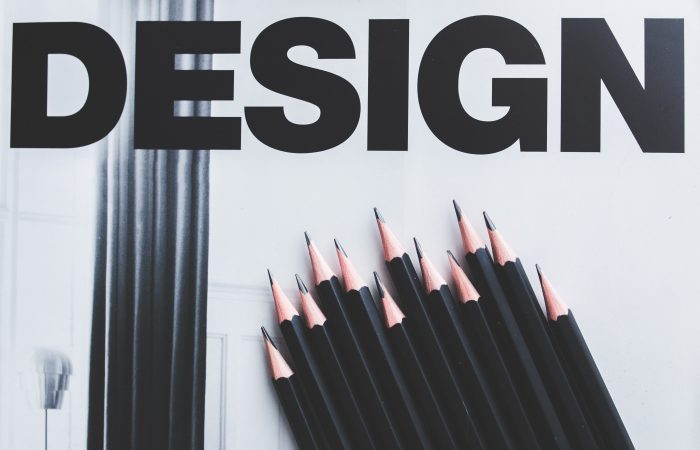
How Good Design Tells a Great Story
By Gabrielle Kenny
After your brand’s story is crafted to the finest it can be, it is time to start thinking about your story in a different way: visually. Telling a story does not only involve the written word. Visual design also creates a powerful impact when telling the story of a brand, whether it is through printed or digital designs. Even on its own, a design, image, typography, or color choice can tell the compelling story of a brand in just one glance.
To begin telling your story, a company must start with a logo — usually visually simple, yet complex in concept. This image captures the entire brand’s concept and tone through a vector image, color palette, and the typography that creates it. A great logo should be able to quickly tell the story of a brand.
Logos may look simple, and one may think that they can be created overnight, but the truth is that hours, even weeks, can go into the concept and design of a logo, all depending on the project complexity and the needs of the client. The iterations a logo goes through are numerous, whether it’s twenty or over a hundred sketches for a single logo concept. Great care needs to go into creating a brand logo, because the logo will be put on all types of media and collateral, including business cards, advertisements, and emails. And a logo is not just supposed to be a beautiful image, it is supposed to mean something and tell the brand’s story, or else then really, what’s the point?
Only after the logo is created, can other visual elements be built to match the story that the logo tells. Every other design piece that a brand puts out supplements the story, including advertisements, print publications, and website design. All of these elements usually have the company’s logo somewhere on it, because along with its deep meaning, the logo serves as the visual face of the company. In advertisements, how can you get your story across quickly? And how can your publication tell your story through more than just the written word? Good design all depends on the scale and placement of design elements, as well as color.
When designing, take your color palette into high consideration. Color palettes have just as much, and sometimes even more, of an effect on the final logo outcome than just the image itself. Color can express moods and emotions. For instance, red is associated with hunger, and blue is associated with calm. Research the meanings behind different colors before incorporating them into your brand. The color palette can set the entire mood of a brand, and one wrong color choice could tell a completely different story than the one that was intended.
Finally, the hierarchy is important to keep in mind when designing the visual story of a brand, whether in a print or digital medium, through photography or typography. The larger something is within a design piece, the more importance it holds. When choosing which words or images will take prominence on a design piece, it is important to keep in mind just how much power these words or photographs hold over the story, and how well they tell it.
Stories do not just depend on the written word. Visual design can help enhance stories and get their messages across to people in a whole other way than just the written word. Like the face of a lover or friend, for a design to succeed, it needs to be able to tell the story, the whole story, without ever saying a word. This is what great design accomplishes.
Gabrielle Kenny is an Associate at Woden. Whatever your storytelling needs may be, let Woden help. Download our free Storytelling Blueprint, or send us an email at connect@wodenworks.com to discuss how we can help tell your story.


